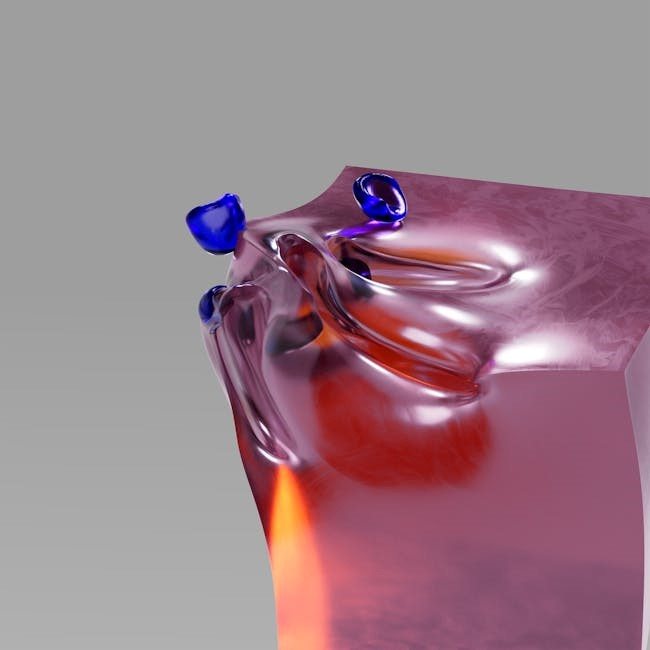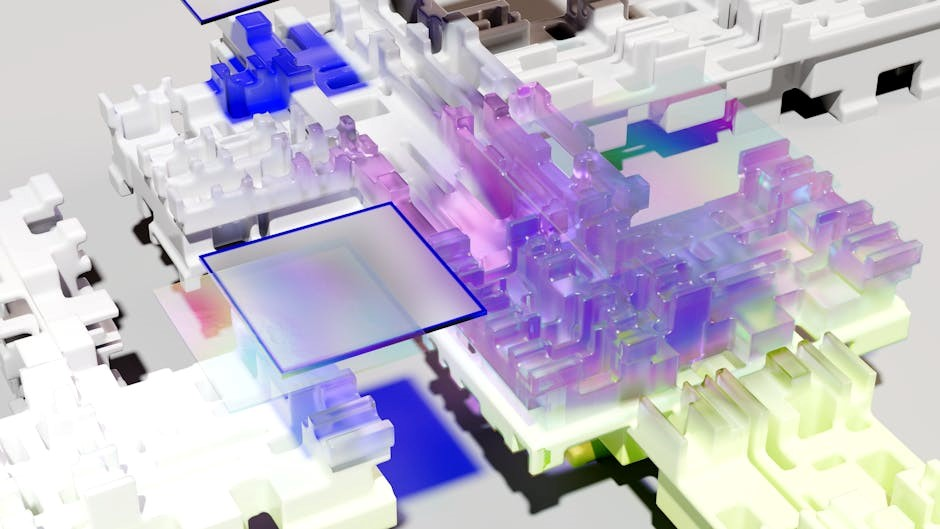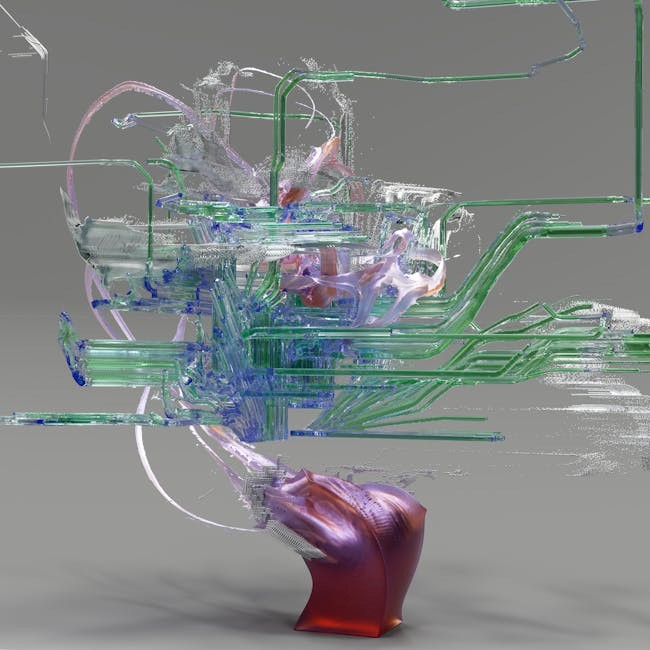To learn OLL algorithms, downloadable PDF sheets are available, providing a comprehensive guide to mastering these essential cube-solving techniques, with easy-to-follow instructions and diagrams for each algorithm step clearly.
Definition and Importance of OLL Algorithms
Oll algorithms are a set of techniques used to solve the last layer of a Rubik’s Cube, playing a crucial role in speedcubing and efficient cube solving. These algorithms are essential for cubers to master, as they provide a systematic approach to orienting the last layer, ensuring a smooth and efficient solve. The importance of oll algorithms lies in their ability to simplify the solving process, allowing cubers to focus on other aspects of the cube. With 57 different algorithms to learn, mastering oll algorithms can be a daunting task, but with practice and dedication, cubers can improve their skills and solve the cube more efficiently. By understanding the definition and importance of oll algorithms, cubers can better appreciate the value of these techniques and strive to improve their skills, ultimately becoming more proficient cubers. This knowledge is readily available in oll algorithms pdf guides and online resources.

Types of OLL Algorithms
OLL algorithms are categorized into different types, including 2-look and full OLL, each with unique characteristics and applications in cube solving techniques and strategies easily.
2-Look OLL and Full OLL
The 2-look OLL and full OLL are two primary approaches to mastering OLL algorithms, each with its own advantages and disadvantages, and cube solvers can choose the method that suits them best, depending on their skill level and goals.
The 2-look OLL involves learning a limited set of algorithms that can be used to solve the orientation of the last layer in two steps, typically used by beginners or those who want to improve their speed, while the full OLL requires learning a larger set of algorithms that can be used to solve the orientation in one step, typically used by more advanced solvers.
Both methods have their own resources available, including PDF sheets and online tutorials, to help cube solvers learn and master the algorithms, and with practice and dedication, solvers can improve their skills and become proficient in either the 2-look or full OLL method.
Overall, the choice between 2-look OLL and full OLL depends on the individual’s goals and preferences, and both methods can be effective for solving the Rubik’s Cube.
By understanding the differences between these two approaches, cube solvers can make informed decisions about which method to use and how to improve their skills.
With the right resources and practice, anyone can learn and master OLL algorithms, regardless of their skill level or experience.
The key is to find a method that works and to stick with it, and with persistence and dedication, cube solvers can achieve their goals and become proficient in OLL algorithms.
OLL algorithms are an essential part of speedcubing and can help solvers improve their overall performance and efficiency.
By learning and mastering OLL algorithms, cube solvers can take their skills to the next level and achieve faster solve times.
In conclusion, the 2-look OLL and full OLL are two important approaches to mastering OLL algorithms, and by understanding the differences between them, cube solvers can make informed decisions about which method to use and how to improve their skills, and with practice and dedication, they can become proficient in OLL algorithms and take their speedcubing to the next level.

Resources for Learning OLL Algorithms
Online tutorials and downloadable PDF sheets provide valuable resources for learning OLL algorithms effectively and efficiently every time.
Printable PDF Sheets and Online Tutorials
Printable PDF sheets are a great resource for learning OLL algorithms, providing a comprehensive guide to mastering these essential cube-solving techniques. These sheets can be downloaded and printed, allowing learners to practice and review the algorithms at their own pace. Online tutorials are also available, offering step-by-step instructions and animations to help learners understand and execute the algorithms correctly. Many websites provide these resources, including printable PDF sheets and online tutorials, to help learners improve their cube-solving skills. The PDF sheets typically include diagrams and notation for each algorithm, making it easier for learners to follow and practice. With these resources, learners can develop muscle memory and improve their speed and efficiency in solving the cube. By using these resources, learners can master the OLL algorithms and improve their overall cube-solving skills. The resources are widely available and can be accessed by anyone with an internet connection.

OLL Algorithms for Specific Cube Configurations
Algorithms for 3×3 and 4×4 cubes are available, with specific configurations requiring unique solutions and steps to solve efficiently and effectively online.
Algorithms for 4×4 and 3×3 Cubes
For 4×4 cubes, specific algorithms are required to solve the cube efficiently, with a focus on edge and corner orientation. These algorithms can be found in downloadable PDF sheets, providing a comprehensive guide to mastering 4×4 cube solutions. The 3×3 cube also has its own set of algorithms, with a focus on speed and efficiency. Online resources provide step-by-step instructions and diagrams for each algorithm, making it easier to learn and master. With practice and patience, cubers can improve their skills and solve the cube quickly. The algorithms for 4×4 and 3×3 cubes are designed to be easy to follow, with clear instructions and examples. By using these algorithms, cubers can improve their skills and become more proficient in solving the cube. Overall, the algorithms for 4×4 and 3×3 cubes are essential for any cuber looking to improve their skills.

Learning and Mastering OLL Algorithms
Mastering OLL algorithms requires practice, patience, and dedication, using online resources and PDF guides to improve skills and techniques effectively and efficiently every day.
Tips and Strategies for Beginners
For beginners, learning OLL algorithms can be overwhelming, but with the right approach, it can be made easier. Using online resources and PDF guides can provide a comprehensive understanding of the algorithms. It is essential to start with the basics and gradually move on to more complex algorithms. Breaking down the algorithms into smaller steps and practicing each step slowly can help build muscle memory and improve speed. Additionally, watching video tutorials and joining online communities can provide valuable tips and strategies for improving technique. Many beginners find it helpful to focus on one algorithm at a time, mastering it before moving on to the next. With consistent practice and dedication, beginners can quickly improve their skills and become proficient in OLL algorithms, making it easier to solve the cube efficiently. By following these tips and strategies, beginners can set themselves up for success and enjoy the process of learning and improving.
Mastering OLL algorithms is crucial for efficient cube solving, with PDF guides and online resources available to aid in the learning process quickly and effectively every time.
Importance of OLL Algorithms in Cube Solving
The importance of OLL algorithms in cube solving cannot be overstated, as they provide a systematic approach to orienting the last layer of the cube, allowing for efficient and effective solutions. With 57 different algorithms to learn, mastering OLL is a crucial step in becoming a skilled cube solver. By using downloadable PDF sheets and online resources, cubers can quickly and easily learn and practice these algorithms, improving their overall solving speed and accuracy. The ability to execute OLL algorithms smoothly and efficiently is essential for advanced solving methods, such as CFOP and 2-look OLL. By prioritizing the learning and practice of OLL algorithms, cubers can take their solving skills to the next level and achieve faster solve times. Overall, the importance of OLL algorithms in cube solving lies in their ability to streamline the solving process and provide a foundation for more advanced techniques.
